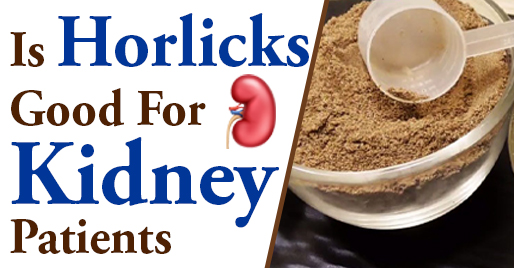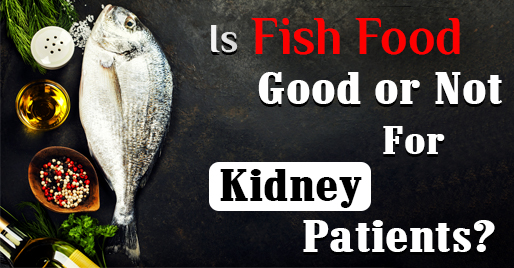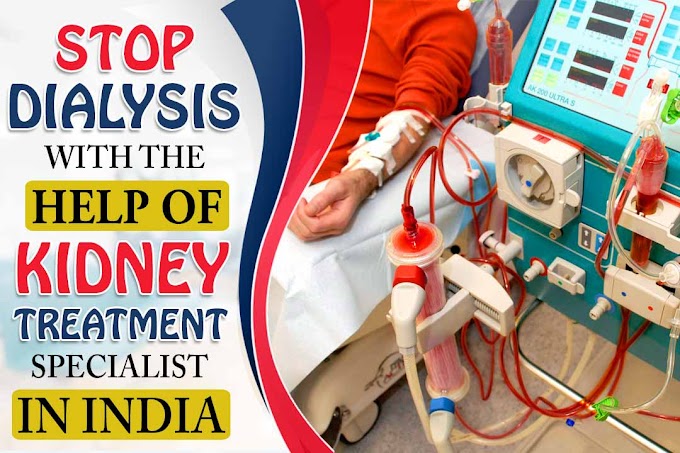Polycystic kidney disease refers to the growth of multiple cysts over the kidneys and so name polycystic. Thousands of cysts may develop over the kidneys when relevant genes are present. PKD is a genetic disorder and different from simple kidney cysts that are harmless. Though PKD is also noncancerous, multiple complications that may come along are dangerous. So, PKD treatment in Ayurveda at any point in life is necessary.
PKD may alter the shape of the kidneys or may even make them large. A single kidney with multiple cysts may weigh up to 30 kg. Each cyst may fill itself with fluid and toxic blood. This growth may even press the organ nearby and obstruct their function.Read Other - Ayurveda Treat Polycystic Kidney Disease
For a reason, it develops slowly, PKD is also classified as one of the CKD types. Problems in the blood vessels in your heart, cysts in the liver, high blood pressure, pain in the back or sides, blood in the urine (Hematuria), recurrent urinary tract infections, kidney stones, and heart valve abnormalities are some of the common complications of cysts in your kidneys.
Additionally, people with polycystic kidney disease have a risk of abnormal bulging in the aorta or blood vessels at the brain's base. Brain aneurysms are dangerous if they tear or rupture.
Read More - What is polycystic kidney disease
How common PKD is?
Polycystic kidney disease is a common disorder. It affects millions of people yearly. There are two forms of PKD; Autosomal Dominant Polycystic Kidney Disease and Autosomal Recessive Polycystic Kidney Disease. ADPKD is much more common than the autosomal recessive form and affects 1 in 500 to 1,000 people while ARPKD affects 1 in 25,000 people on an average.
Causes -
Primarily, it is the mutations in the genes that result in the growth of the cysts. Both ADPKD and ARPKD have different genes associated with their occurrence. When it comes to ADPKD, PKD1 causes ADPKD 1, and the PKD2 gene is involved in developing ADPKD type 2. These genes provide instructions for making proteins whose function is not known yet. Alterations in the PKD1 or PKD2 gene can cause multiple cysts to form on the renal. Women with mutations in the PKD2 gene have a less severe form of the disease than those with PKD1.
On the contrary, mutations in the PKHD1 gene can cause ARPKD
The other form of PKD, which is acquired polycystic kidney disease, is caused not by the gene mutations but because of some other conditions. It occurs mostly in people who already have underlying kidney disease and have been treated for years.
Inheritance pattern
More number of patients have ADPKD in their inheritance pattern. Only one mutated copy of the PKD1 or PKD 2 gene in each cell is sufficient to cause the disorder. In about 90% of the cases, an affected person gets the gene mutations from one parent only. This means parents need to have the required genes to pass the condition to their babies.
The rest 10% of cases are found to have a new gene mutation in one of the genes, and what amazed scientists are that they do not have any history of the disorder in their family.
Although one copy is sufficient to cause the disorder, an additional copy may contribute to its severity. The rate at which cysts grow is also dependent on the mutations in the genes that have not been identified.
A person may also inherit an Autosomal recessive pattern. In this condition, two of the altered copies of the PKHD1 gene in each cell is present in the babies. The parents remain the carriers of the genes but are not swayed by it.
Read More - kidney cysts be cured using Ayurvedic treatment
Ayurvedic treatment is a herbal approach to get away with the consequences of PKD. No allopathic medicine promotes kidney cysts shrinkage like Ayurvedic reforms can do so. Ayurvedic treatment helps rectify the damage to the renal cells and tissues to ensure renal sufficiency. No matter even if it is a genetic disorder.












0 Comments